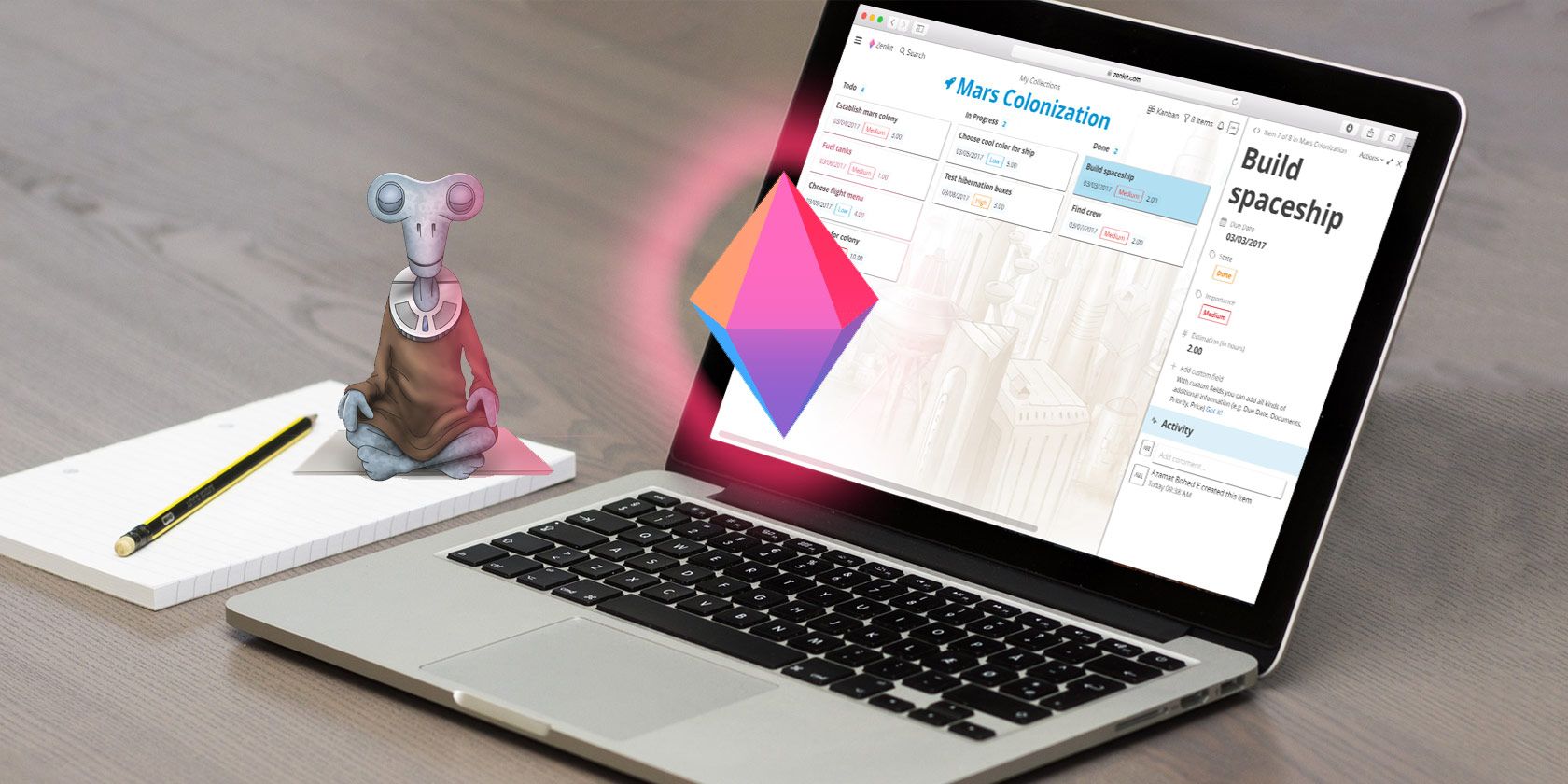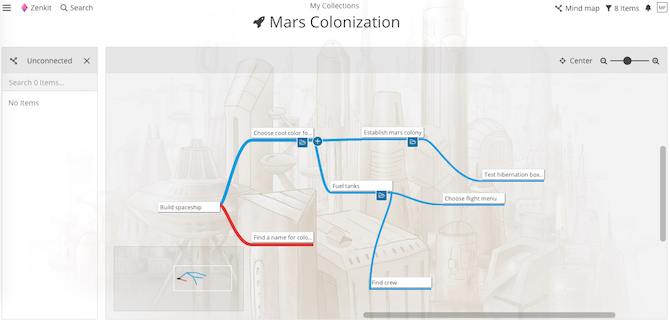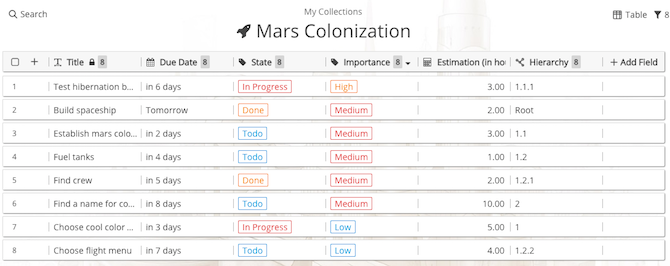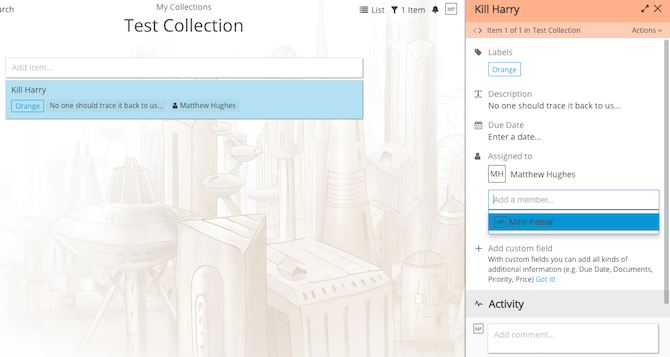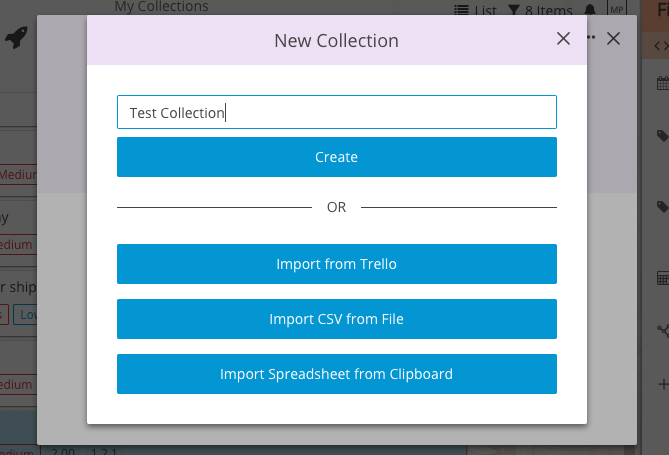When folks at Toyota invented the "Kanban method," little did they know it would spread so widely. The simple to-do system of moving "cards" from one column to the next has caught on, and how. Trello is the undisputed king of Kanban apps. But Zenkit might just dethrone the king.
Zenkit includes the best features of Trello, and then adds other productivity systems. So not only do you get the Kanban process, but you also get a regular to-do list and a calendar view. And the "table" view is a game-changer for anyone who has a lot on their plate.
So what makes Zenkit a Trello killer, and not just another contender to the crown? Let's dive in to find out.
Update: You can now use Zenkit across all your devices. Zenkit has also added new features, including a fully customizable dashboard and new keyboard shortcuts. All desktop and mobile apps let you work offline with Zenkit.
Zenkit is a project management software that allows users different views of their project information. Views that are included are: to-do list, Kanban, table, mind map and calendar. Users can switch between these views to use different tools for tasks. Furthermore, Zenkit has common project management features like commenting, labels, custom fields, and task assignments. Zenkit is free for up to five people.
Download: Zenkit for Windows | Mac | Linux | Android | iPhone/iPad | Windows (app)
Matching Up to Trello
In the Kanban part, Zenkit works exactly like Trello does. Create a task, add it to one of the three columns, i.e. to-do, in progress, or done. You're free to rename the columns and add more of them, if that's how you use Trello.
Each card or task you create can have plenty of additional information. You can also add attachments, up to 1 GB of total space in the free plan. Paid plans raise your limits.
And like with Trello, sharing your collections and tasks with teammates is an integral part of Zenkit.
The Four Pillars of Productivity
Where Zenkit scores over Trello is in the five major viewing modes.
- Kanban -- A simple Kanban board, where you can move tasks around, and add or delete columns.
- List -- A to-do list of every task you need to do, arranged by due date.
- Calendar -- A calendar view of all your scheduled tasks.
- Table -- A table of all tasks, which you can sort based on any parameter, like important, status, estimated time, and more.
- Mind Map -- Get an overview of how all your tasks relate to each other.
We suggest that you start your project with the mind map to turn your brainstorm into an organized overview of everything it involves.
A Combination of Productivity Systems
The viewing modes combine with several popular productivity methods.
Due Date -- The easiest system to sort a to-do list is by deadline. And why not? If you are generally organized, that's all you would need. The List view, in that case, shows just what you need to do next, keeping you always focused.
Prioritizing Tasks -- The most important part of any to-do list is prioritizing the items in it. If you do the silly stuff first and get burnt out, then what's the point? Zenkit asks you to assign low, medium, or high priority status to each task. There are different methods to prioritize your tasks, so choose any that works for you.
Time Estimation -- Time management is a big hurdle in getting through your list. For each task, Zenkit asks you to add an estimate of how much time it will take. I would suggest adding another custom field for "Time Taken" to write how many hours it actually took. By doing this regularly, you will get better at estimating how much work you can get done in a day, and schedule your tasks accordingly.
This approach gives the user tremendous flexibility. Some productivity tools are rigid in how the user can sort their own data. On the other hand, Zenkit empowers the user to make his or her own choice, and figure out how to make things work for themselves.
Great for Teams Because Productivity Is Subjective
Here's the thing that no productivity guru is ready to admit. Productivity systems are subjective. Maybe the Pomodoro technique works for you, maybe you need to visualize your goals on a Kanban board, or maybe you're a fan of the "Don't break the chain" method. As long as you are getting work done, that's what matters.
And in a team, different individuals will have different methods that they prefer. Yes, it's wonderful that Trello lets you create a task schedule for the entire team. But if one person doesn't like Kanban, they're stuck using a productivity system that is counter-productive for them.
Zenkit breaks that barrier, which is crucial in making a team chug along. If you don't like Kanbans, just use the to-do list. Maybe the table method will help you get things done based on time management or priority tasks alone. Use it however you want, with the knowledge that you aren't imposing that system on the rest of your team.
Zenkit also told MakeUseOf that the company will be releasing a "global dashboard" soon. This will be a one-page view of all your items across collections and teams, providing an overview of all your projects.
A Few Problems Persist
No software is perfect, and Zenkit isn't an exception. Right now, there isn't a mobile app for Zenkit, although the developers say that an iOS version is coming in March and an Android version in May. That's one area where Trello has a huge advantage at the moment, and I can't see people shifting to Zenkit completely without the availability of mobile apps. Meanwhile, the developers delivered on their promise and have released Zenkit apps for Android, iOS, Windows, Mac, and Linux. You'll find the download links at the top of this artilce.
There are a few minor features that are missing in Zenkit. Chief among them is the ability to color-code your tasks. Kanbans are about visual management, and colored cards are wonderful to visualize your work. If that's a Trello feature you love, you'll miss it sorely in Zenkit.
Should You Shift to Zenkit?
The big question at the end of all this is whether you should stick with Trello or shift to Zenkit. We suggest basing your decision on a few different factors.
First, what about your entire existing Trello boards? Well, don't worry because Zenkit has built a Trello import tool.
You should shift to Zenkit if:
- You use Trello only from the desktop.
- You love Kanban but also use other productivity methods.
- You like data and want to investigate your task list's data carefully.
You should stick to Trello if:
- You've bought Trello Gold.
- Your entire team is happy with Trello.
- You need mobile apps.
What do you think of Zenkit? Are you happy with Trello right now or are you looking for a good Trello alternative?

